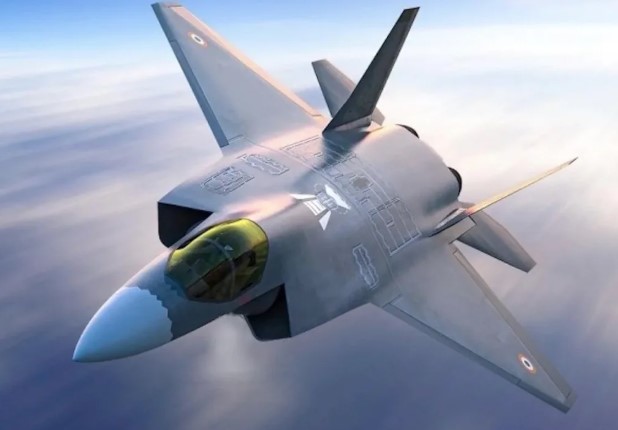India has taken a bold step toward military self-reliance by selecting France’s Safran to co-develop the engine for its next-generation fighter aircraft, the Advanced Medium Combat Aircraft (AMCA).
India and France Join Forces for AMCA Jet Engine
The Indian Ministry of Defense recently recommended signing a key agreement with Safran, moving closer to building a fully indigenous engine for future combat operations.
The total value of the engine development project is estimated at around €6.7 billion. The goal is to develop a 120 kilonewton (kN) thrust-class engine that will power the AMCA fighter jet. The plan includes building five prototype engines by 2027. The first AMCA test flight is targeted for 2028, and full certification is expected by 2032, with production beginning around 2035.
Currently, most Indian fighter aircraft rely on foreign engines, including those used in the Su-30MKI, Rafale, and LCA Tejas jets. India’s past efforts to build a jet engine at home, such as the Kaveri engine program, have not met performance expectations. This new partnership is seen as a vital opportunity to reverse that trend.
India Ditches F-35 and Su-57 Talks, Powers Ahead with Homegrown AMCA Stealth Jet
The AMCA project is one of India’s most important military programs, and building the engine locally is a big part of it. Choosing Safran over other global contenders shows India’s desire for a long-term technology transfer and local production capabilities. This decision could reduce dependency on foreign manufacturers for critical defense components.
Safran Chosen Over Rolls-Royce for AMCA Engine Project
In the selection process, French company Safran won the deal over Britain’s Rolls-Royce. Experts and officials from the Indian aerospace sector conducted a thorough evaluation of the proposals. The main reason Safran stood out was its offer to transfer key technologies that go beyond basic assembly. This includes detailed knowledge of engine design, manufacturing processes, and maintenance techniques.
Defense companies rarely share technology at this level, as they often closely guard sensitive knowledge. For India, gaining access to such advanced know-how is crucial. It not only allows the country to build the engine but also helps in learning how to support and maintain it during its service life.
India selected Safran because its proposal closely matches the AMCA development timeline. This coordination is critical, as engineers must develop the engine and airframe in sync. Any mismatch could delay the entire AMCA project.
Philippine Air Force Ramps Up Modernization Beyond FA-50 Fighter Jets; Tie-ups Possible with France
India has also been in talks with the United States to produce the GE 414 INS6 engine for the Tejas Mk2 aircraft. But India is asking for access to advanced technologies, such as hot blade casting, laser drilling, and high-end metallurgy. These are some of the most difficult technologies to get, and very few countries are willing to share them.
In contrast, Safran’s offer appears to meet India’s expectations on technology transfer. The company has already been involved in India’s aerospace sector and is familiar with local industrial capabilities. That existing relationship likely helped smooth the way for this new agreement.
Engine Deal Strengthens India’s Defense Industry
India plans to produce over 250 engines to support its future fleet of AMCA jets. These will serve in the Indian Air Force and could also be used in a possible naval version. Making these engines in India would reduce long-term costs and improve readiness during emergencies. It would also give India control over upgrades, spare parts, and service support.
The agreement with Safran goes beyond just assembling parts. It focuses on creating an entire ecosystem for aircraft engine production in India. This includes developing local suppliers, training engineers, and setting up advanced manufacturing units. Building this capacity inside the country would be a major leap for India’s defense industry.
Jet engines are among the most complex machines ever built. Mastering their production places a country in a very exclusive club. For India, this partnership with France is a way to gain entry into that group.
India Ditches Russian Missiles! U.S.-Europe Fill the Void — Is Moscow Isolated?
This development also comes at a time when India is looking to reduce its reliance on foreign military equipment. Building the AMCA engine at home fits well into this broader goal of defense self-sufficiency. It also supports other national programs aimed at boosting local defense manufacturing.
For France, the deal strengthens its strategic ties with India and boosts its position in the Asian defense market. It reflects mutual trust and cooperation at a time of increasing global competition in aerospace technology.

